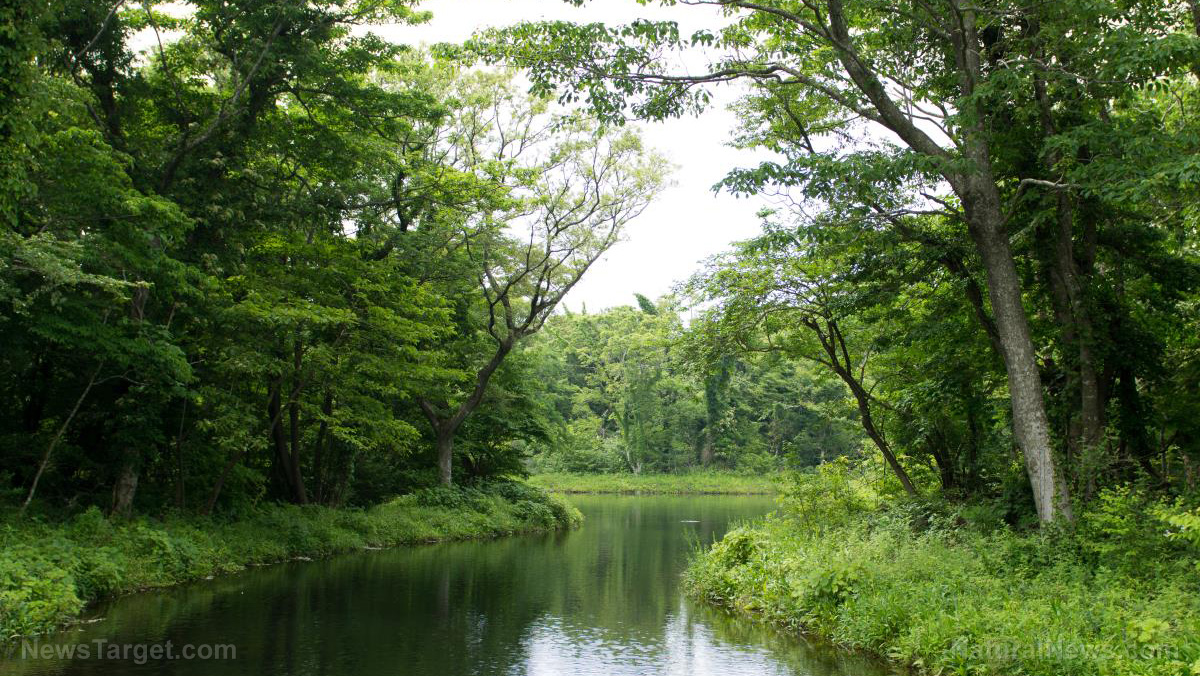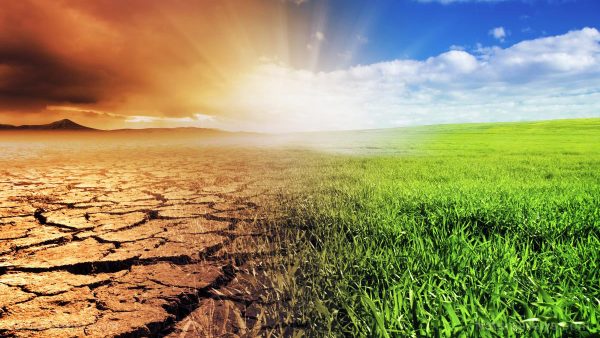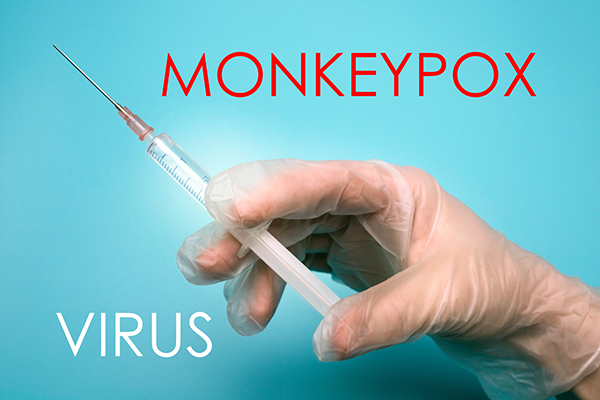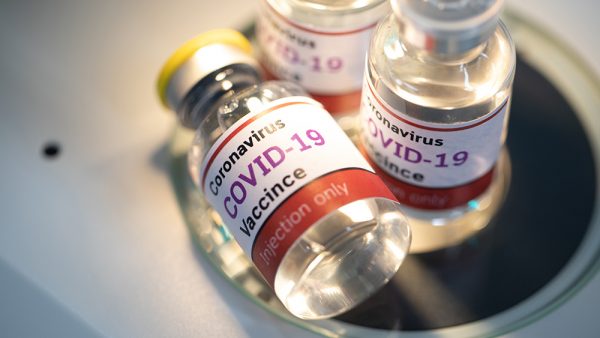 Parler
Parler Gab
Gab
Drugs and chemicals are more dangerous when combined
The analysis concluded that the current ecotoxicological risk assessments have essentially ignored the negative collaborative effects that drugs and chemicals have when present in combinations. According to the authors, this approach clearly has to change. In fact, research from Denmark back in 2015 has already confirmed the dangers of chemical cocktails in foods. Led by the National Food Institute, the four-year research project on chemical cocktail effects in foods established that when two or more chemicals appear together, they often have a synergistic effect. This means that small amounts of chemicals when present together can have significant negative effects. "Our research shows that indeed, little strokes fell great oaks also when it comes to chemical exposure. Going forward, this insight has a profound impact on the way we should assess the risk posed by chemicals we are exposed to through the foods we eat," said Anne Marie Vinggaard of the National Food Institute. For example, even small doses of pesticides and polychlorinated biphenyls can amplify each other's negative effects when present in combinations. The same is true for the numerous drugs and chemicals that are polluting the environment. Watch the below video that talks about the power of pharmaceutical companies. This video is from the Gezond Verstand (Common Sense) channel on Brighteon.com.More related stories:
Humans are releasing more chemical and plastic pollution into the environment than Earth can handle, warn researchers. Fish living downstream from wastewater treatment plants struggle to survive exposure to manmade contaminants, medications. Americans are most worried about water pollution, survey reveals. New material made from recycled plastic bottles could help reduce water pollution.Sources include:
TheHill.com GlobalResearch.ca SETAC.OnlineLibrary.wiley.com Food.DTU.dk Brighteon.comCOVID JABS? Tour de France cyclists “suffering from breathing problems,” says participant
By Ethan Huff // Share
New science determines that monkeypox lives in saliva, semen and other bodily fluids
By Ethan Huff // Share
TWISTED: Fauci is now claiming that he never recommended lockdowns
By Arsenio Toledo // Share
Governments continue to obscure COVID-19 vaccine data amid rising concerns over excess deaths
By patricklewis // Share
Tech giant Microsoft backs EXTINCTION with its support of carbon capture programs
By ramontomeydw // Share
Germany to resume arms exports to Israel despite repeated ceasefire violations
By isabelle // Share










